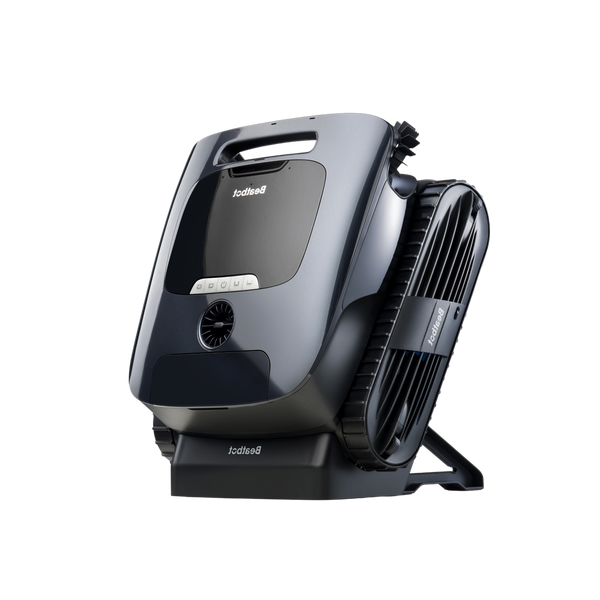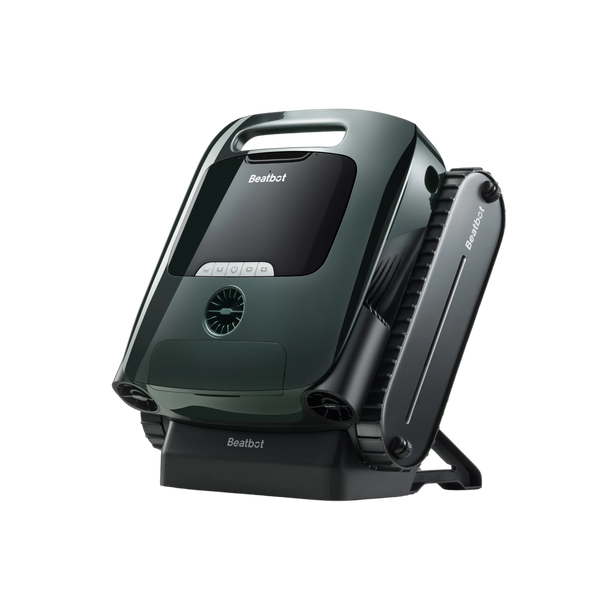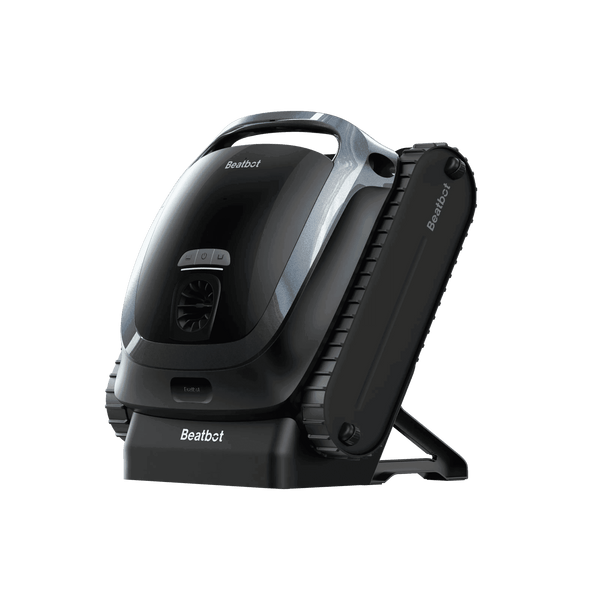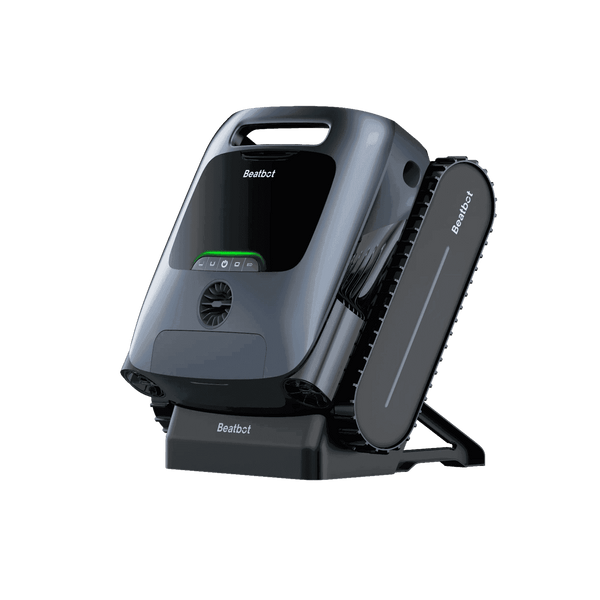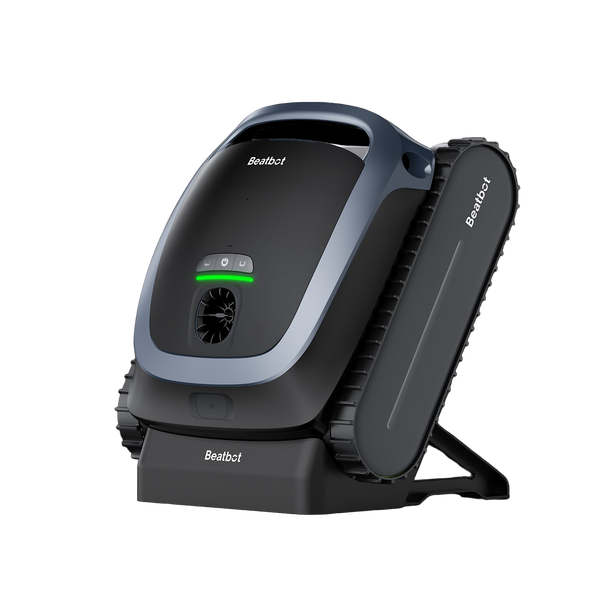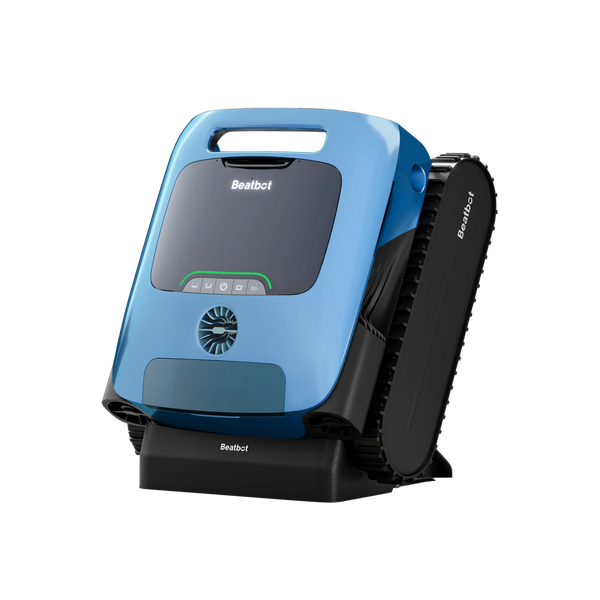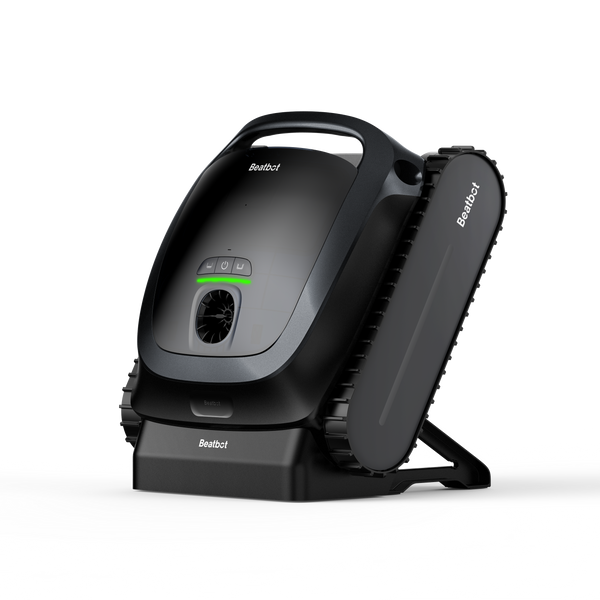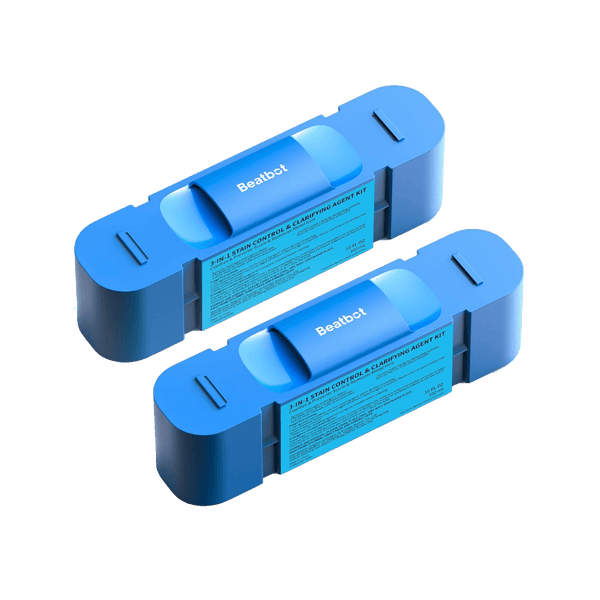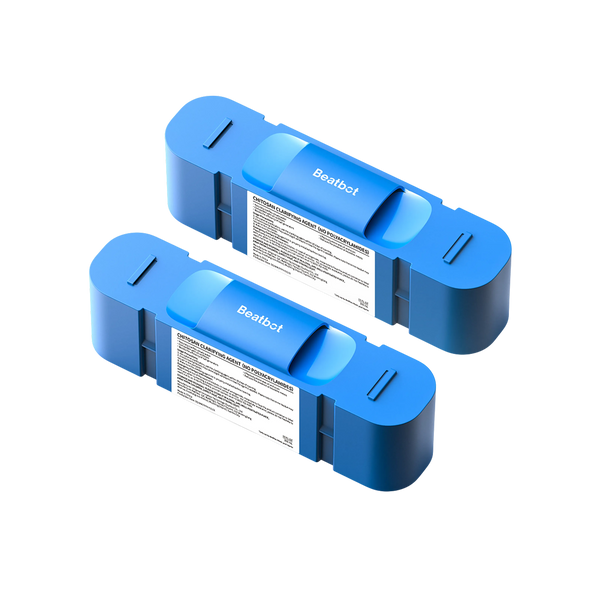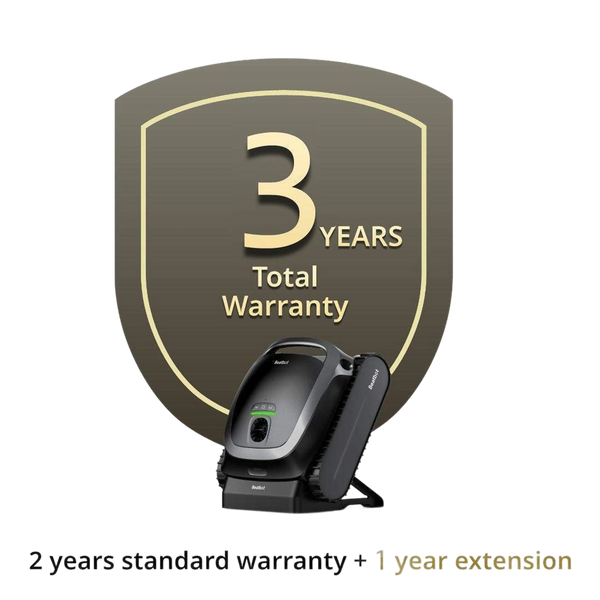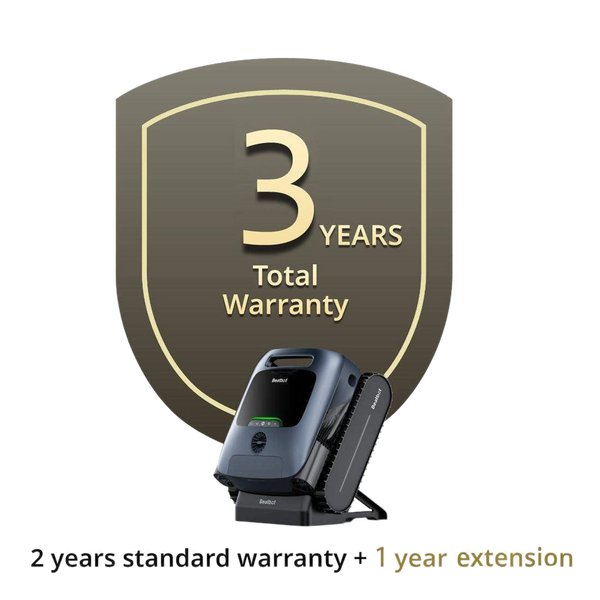Among all the tasks involved in pool maintenance, shocking the pool is one of the most crucial—and also one of the most misunderstood. Some people shock almost every day, while others go months without doing it.
This article will walk you through what shocking really means, why it matters, and how often it should be part of your regular pool care routine. By the end, you’ll have a clear, professional, and easy-to-follow strategy for maintaining safe water all season long.
What Does It Mean to Shock a Pool
Shocking a pool simply means adding a large dose of chlorine or a special non-chlorine oxidizer to raise the sanitizer level high enough to eliminate organic waste, bacteria, and chloramines. Chloramines are the compounds that create the strong “chlorine smell” and can cause irritation to the skin and eyes. Even though your pool might already contain chlorine, it gradually binds to contaminants and loses effectiveness. A shock treatment resets the balance, leaving your water fresh and safe again.
SEE ALSO How Long After Shocking A Pool Can You Swim
Why Regular Shocking Is Necessary
Even if you are diligent about testing water and adding chlorine tablets, regular pool use constantly introduces new contaminants. Every swimmer adds sweat, sunscreen, hair products, and body oils. Rain washes in dirt and pollen. Heat and sunlight speed up chlorine breakdown. Without periodic shocking, the sanitizer cannot keep up. The result is water that looks cloudy, smells unpleasant, and may even harbor harmful bacteria.
For this reason, shocking should not be seen as a quick fix after a problem appears. It is part of a preventive strategy to keep the pool in balance.
Effective pool care relies on both regular water treatment and intelligent cleaning robots.The Beatbot 2 Ultra automatic pool vacuum combines AI-powered mapping with a 5-in-1 cleaning system, covering floor, walls, surface debris, and the waterline. With ClearWater™ natural clarification and adaptive path planning, it maintains clear, healthy water and works hand in hand with regular shock treatments to keep your pool in perfect balance.
How Often Should You Shock Your Pool
The simple guideline is that most pools should be shocked at least once every one to two weeks during the active swimming season. But real-life situations often demand a more flexible approach. Here are the most common scenarios when shocking is necessary:
Routine Maintenance (Weekly or Bi-Weekly)
For most U.S. homeowners, shocking the pool once a week is considered best practice. This keeps the water consistently sanitized, prevents the gradual buildup of chloramines, and ensures that bacteria never get a chance to spread. Some lightly used pools may stretch the interval to every two weeks, but weekly shocking is the most reliable schedule.
After Heavy Pool Usage or Parties
Anytime you have many swimmers in the pool—whether it’s a family gathering, kids playing all afternoon, or a neighborhood pool party—you should shock as soon as possible afterward. Human activity introduces sweat, sunscreen, and body oils that quickly overwhelm normal chlorine levels. A shock treatment resets your water so it doesn’t turn cloudy within days.
Following Rainstorms or Severe Weather
Heavy rainfall brings in pollutants, pollen, and dirt, while also diluting chlorine levels. Strong winds may also blow in leaves and other debris. Shocking within 24 hours of a storm helps restore the pool’s chemical balance before problems appear.
When Water Appears Cloudy or Has a Strong Odor
A dull or hazy look is one of the clearest signs that chlorine is no longer effective. Likewise, if the pool smells strongly of chlorine, it actually means chloramines are present, and only a strong shock can remove them. Addressing these signs quickly prevents more serious water quality issues.
During or After Algae Problems
If you notice green, black, or mustard-colored algae, the pool requires a much stronger shock than normal maintenance. In severe cases, shocking may need to be repeated over several days until the algae are completely eliminated. This is one of the few times when a double or triple dose of chlorine shock is recommended.
At Pool Opening and Closing
When you open your pool for the summer, shocking ensures the water is safe before anyone swims. Likewise, before closing for the winter, shocking prevents algae or bacteria from multiplying under the cover. These seasonal shocks act as bookends to your maintenance routine.
Choosing the Right Type of Pool Shock
Calcium hypochlorite, often called cal-hypo, is one of the most common. It is powerful, affordable, and works well for weekly maintenance, although it does add calcium to the water. Sodium dichlor is another granular option that dissolves quickly and includes stabilizer, making it a good choice in sunny climates where chlorine breaks down faster.
If you prefer something that allows you to swim again sooner, non-chlorine shocks such as potassium monopersulfate are a good option. They oxidize waste without raising chlorine levels and usually make the water safe to swim in within half an hour. For larger pools or commercial facilities, liquid chlorine is sometimes used because it is inexpensive and acts quickly, though it is less stable on the shelf.
How to Shock Safely and Effectively
The effectiveness of a shock treatment depends not only on the type of shock used but also on how it is applied. Always start by testing the water. The pH should be in the proper range, ideally between 7.2 and 7.6, because chlorine is far less effective when the pH is too high.
When applying granular shocks like cal-hypo, dissolve the powder in a bucket of water before adding it to the pool. This prevents bleaching of liners and surfaces. Once added, allow the pump and filter to run continuously for at least eight hours to circulate the treatment thoroughly. For chlorine-based shocks, it is best to wait until the sanitizer level falls back to the safe swimming range of 1–3 ppm before reentering the water, which usually takes about 24 hours. Non-chlorine shocks act faster, and the pool can often be used again after just 15 to 30 minutes.
Shocking during the middle of the day wastes chemicals because ultraviolet rays from the sun burn off chlorine quickly. Instead, apply shock in the evening or at night, when it can work undisturbed and last longer.
Avoiding Common Mistakes
Many problems that pool owners face come from simple mistakes. Some people forget to shock for weeks at a time, allowing algae to get established. Others go to the opposite extreme, using shock far too often or in amounts that are unnecessarily high. This not only wastes money but can also damage pool liners and equipment. Another common error is pouring shock directly into the skimmer, which can create a dangerous chemical reaction inside the filter system.
Shock alone cannot overcome a pool that is full of leaves, dirt, or debris. Brushing the walls and vacuuming the floor before shocking will make the treatment far more effective.
Final Thoughts
Shocking a pool is not just a reaction to visible problems—it is an essential maintenance habit. For most homeowners, shocking once a week is the right routine, with extra treatments after parties, storms, or signs of cloudy water. By understanding why shocking matters, choosing the right type of product, and applying it correctly, you can keep your pool water healthy, sparkling, and safe for everyone to enjoy.
Consistent shocking, paired with tools like automatic pool cleaning robots, gives you a low-stress maintenance plan and ensures that every swim feels as refreshing as the first of the season.
FAQs
How often should I shock my pool during summer?
Most pools need shocking once a week, though lightly used pools may stretch to every two weeks.
Do I need to shock my pool after heavy rain?
Yes. Rain dilutes chlorine and washes in debris, so shocking within 24 hours helps restore balance.
Can I swim right after shocking my pool?
You should wait until chlorine levels drop back to 1–3 ppm, which usually takes about 24 hours. Non-chlorine shocks may allow swimming within 30 minutes.
What type of pool shock is best to use?
Calcium hypochlorite (cal-hypo) is most common, sodium dichlor dissolves quickly, and non-chlorine shock is ideal for quick swim return.
Should I shock my pool after a party or heavy usage?
Yes. Extra swimmers add sweat, sunscreen, and oils that overwhelm normal chlorine. A shock treatment restores water clarity and safety.
Why does my pool smell strongly of chlorine even after shocking?
A strong smell indicates chloramines, not excess chlorine. Proper shocking breaks down chloramines and removes the odor.
